Ice shelves | Icebergs | Sea ice | Further reading | References | Comments |
Ice shelves
An ice shelf is a floating extension of land ice. The Antarctic continent is surrounded by ice shelves. They cover >1.561 million km2 (an area the size of Greenland)[1], fringing 75% of Antarctica’s coastline, covering 11% of its total area and receiving 20% of its snow.

The difference between sea ice and ice shelves is that sea ice is free-floating; the sea freezes and unfreezes each year, whereas ice shelves are firmly attached to the land. Sea ice contains icebergs, thin sea ice and thicker multi-year sea ice (frozen sea water that has survived several summer melt seasons, getting thicker as more ice is added each winter).
In the photographs below, you can see the flat, floating ice shelf is almost featureless. The ice flows from the mainland into the sea, and when it becomes deep enough it floats.
Ice shelf flow
Ice shelves receive ice in several ways: flow of ice from the continent, surface accumulation (snow fall) and the freezing of marine ice to their undersides. Ice shelves lose ice by melting from below (from relatively warm ocean currents), melting above (from warm air temperatures) and from calving icebergs. This is a normal part of their ablation.

Ice shelves can be up to 2000 m thick, with a cliff edge that’s up to 100 m high. They often show flow structures on their surface – a relic of structures formed on land[2-4].
Receding ice shelves
Ice shelves around the Antarctic Peninsula are retreating[5]. These ice shelves are warmed from below by changing ocean currents, thinning them and making them vulnerable. During warm summers, ice shelves calve large icebergs – and in some cases, can catastrophically collapse.
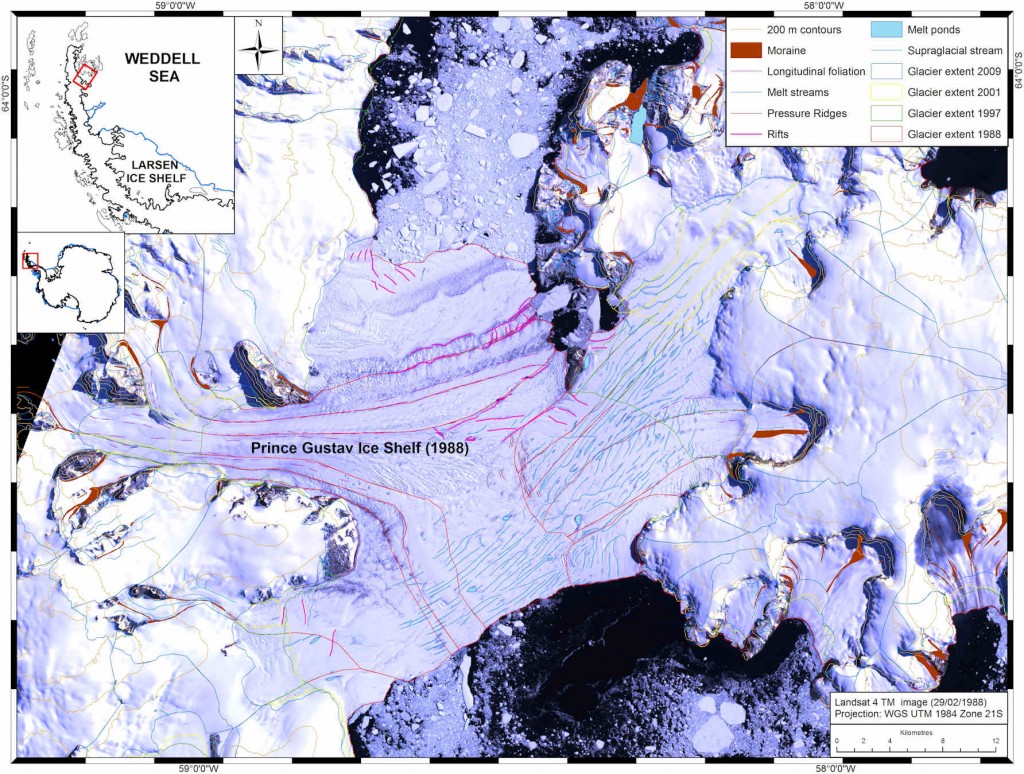
Icebergs
Icebergs are floating all around Antarctica. They calve off from tidewater glaciers or ice shelves. They can range in size from small chunks you could fit into a gin and tonic to huge floating behemoths that take decades to melt and that you can land a helicopter on. 90% of the mass of an iceberg is underwater, and only a small part of the iceberg is visible above the water level.
Small chunks of ice less than 2 m across are called ‘growlers’, medium-sized ones up to 5 m across are called ‘bergy bits’, and chunks of ice greater than 5 m across are called ‘icebergs’. Brash ice is a mixture of small fragments of ice and growlers, all less than 2 m across (see: NSIDC Cryosphere Glossary). An ice melange is a frozen mixture of sea ice, growlers, bergy bits and icebergs, all frozen together with interstitial ice at the margin of a calvign glacier in a fjord, and can provide backstress to the ice front. An Iceberg Tongue is an accumulation of icebergs, bergy bits, growlers and fast ice, projecting from the coast and all frozen together with interstitial ice, possibly grounded at least in part.

A group of icebergs has a number of terms. In the literature a number of large icebergs together has been called an ‘Armada‘; this is often used in events like Heinrich Events. Other terms often have a nautical theme: fleet, flotilla, drift, litter, swarm, and cluster. Icebergs caught and circulating in an ocean current could be a ‘gyre’ of icebergs, and those grounded in shallow water, especially if they are small, could be a ‘shoal’ of icebergs.
Ships navigating in polar waters must be careful to avoid icebergs and growlers, which can be hard to see, and will use radar to scan ahead, particularly in poor visibility or in the dark.
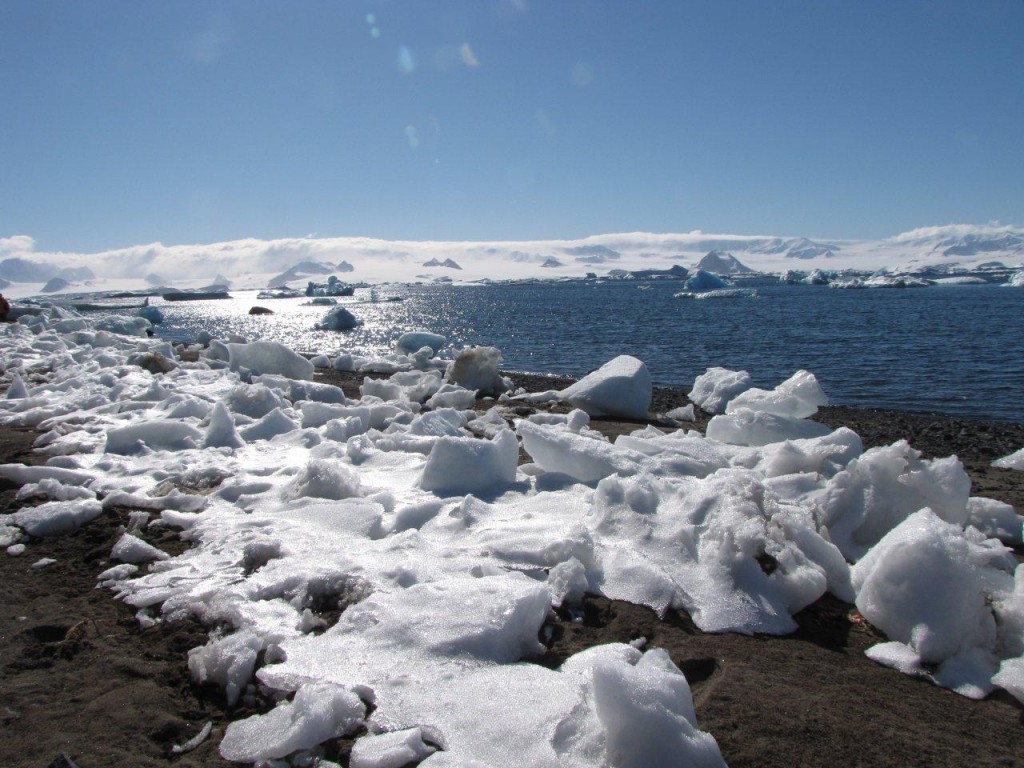
Icebergs float in a stable position, with their long axis parallel to the water surface. Elongated icebergs will float on their side. You can draw your own icebergs here:

If you’re looking for ice to add to your drink, choose a fragment made from coarse clear crystal ice. See-through ice chunks are made from compressed glacier basal ice and are clean and pure enough to drink. The compressed air present in the ice bubbles away as it melts, making for the best G&T you ever had.
All shapes and sizes
Icebergs can have many colours. Blue icebergs are formed from basal ice from a glacier. The compressed crystals have a blue tint. Green and red icebergs are coloured by algae that lives on the ice.
Stripy icebergs are coloured by basal dirt and rocks, ground up by the glacier and carried away within the glacier ice. Crevasses and other glacier structures may be preserved, giving yet more texture and beauty to the iceberg.
Icebergs are studied for a number of reasons. They are tracked with satellite images as they travel around the Southern Ocean. As they drift away from the Antarctic continent, they deliver cold, fresh water, dust and minerals to the surface ocean.
The iceberg also may drag its keel on the continental shelf. Each of these processes has impacts for surface and deep-water animals[6]. The surface phytoplankton increases by up to one third in the wake of a large iceberg.
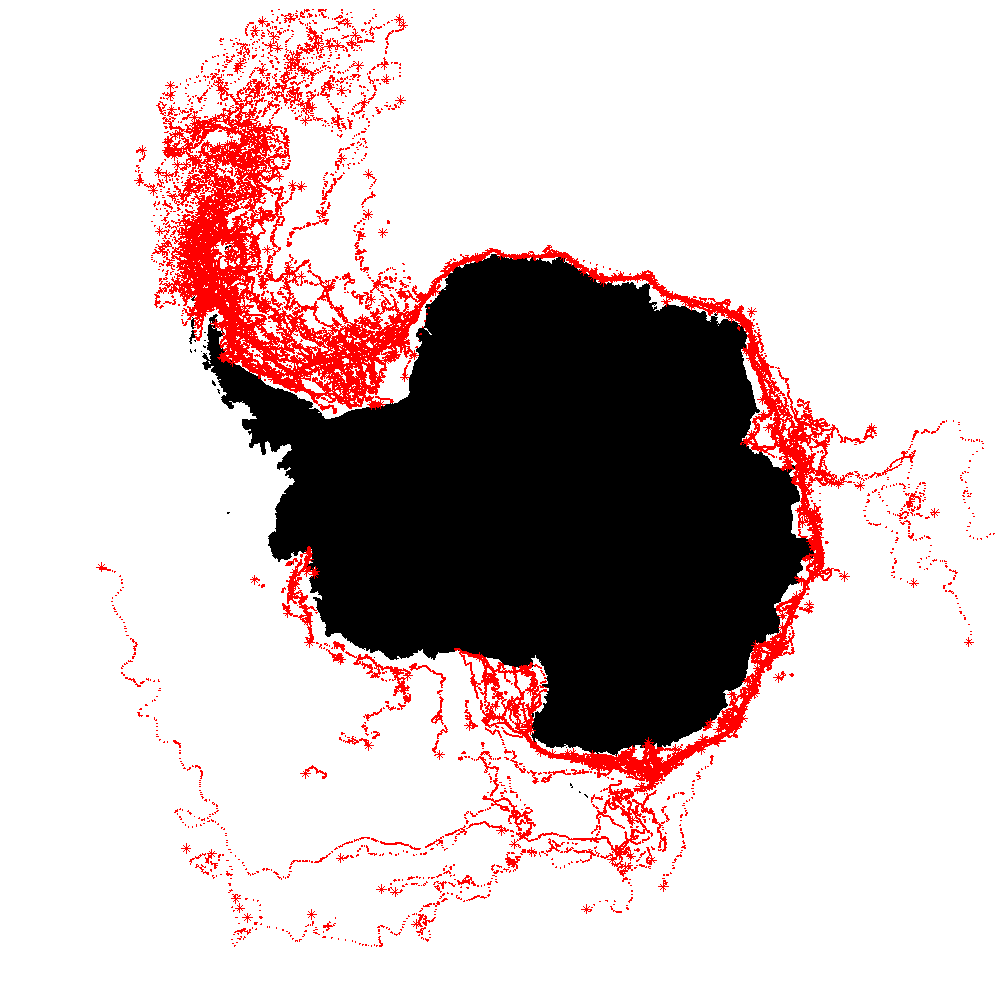
Tracking icebergs provides information on ocean currents. Scientists can assess whether the number of icebergs is increasing[7, 8]. The input of freshwater may affect surface water currents and even sea ice formation[9].
Sea ice
Sea ice surrounds the polar regions. On average, sea ice covers up to 25 million km2, an area 2.5 times the size of Canada. Sea ice is frozen ocean water. The sea freezes each winter around Antarctica.

Sea ice can modify climate change’s impact on terrestrial ice because it is highly reflective and because it has a strongly insulating nature. Each year, the extent of sea ice varies according to climate variability and long-term climate change.
In the Arctic, sea ice extent is steadily decreasing, with a trend of -5.3±00.6% per decade since 1985[10], as a result of long-term climate change. Year-on-year variations reflect normal variability. Because removal of sea ice changes the reflectivity of the Arctic, a diminishing sea-ice extent amplifies warming.
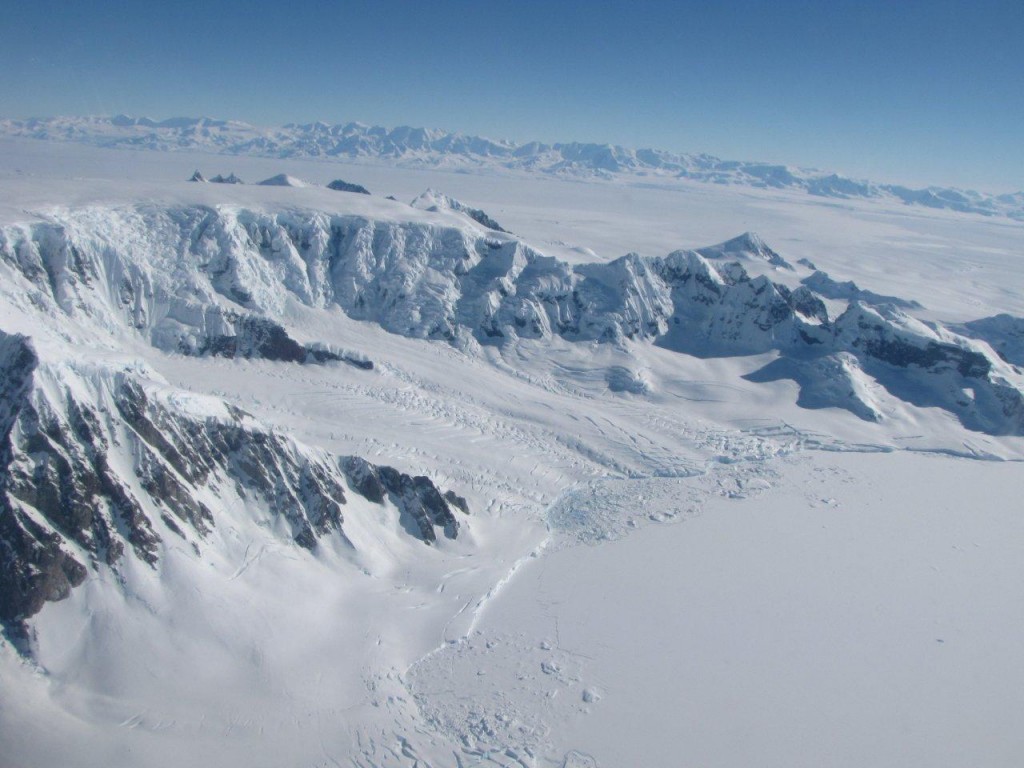
Sea ice in the Antarctic is currently increasing[9]. This is associated with cooling sea surface temperatures in the Southern Ocean, in particular near the Ross Ice Shelf.
Causes of this increasing Antarctic sea ice, which are contrasted with shrinking glaciers and ice shelves and warming deeper ocean current temperatures and atmospheric air temperatures, include changes to the Southern Annual Mode due to intensification and migration of the predominant Southern Ocean Westerlies, and cooler sea surface temperatures as a result of increased glacier and ice-shelf melting[9].
This video explains in more detail about changes in sea ice.
You can explore changes in sea ice using this ArcGIS App.



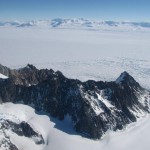
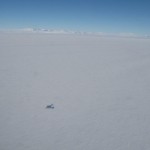

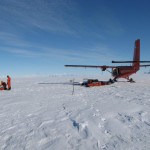

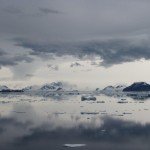
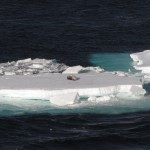






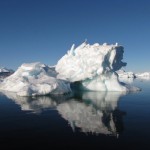


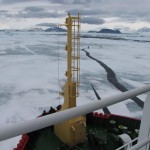



please tell me difference between shelf and an iceberg
Ice shelves are attached to the land and receive ice through a combination of ice flowing into them, snowfall and sea water freezing onto their base. Ice bergs are free-floating chunks of ice that have become detached from glaciers and floated away.
Ok
Yes
Hi Bethan. Thanks for the interesting article. I am trying to search for historic data on bergs and bergy-bits in the vicinity of 46S, 89E in late March 2014. Specifically, I am trying to find out whether the “objects of interest” detected by panchromatic satellite imagery (and SAR satellite) may have been icebergs or bergy-bits, rather than the debris field of the lost Malaysian flight MH370. Can you direct me towards any historic data sources where I could establish whether or not there were icebergs in this vicinity?
Dear Paul,
You could try the Iceberg Tracking Database:
http://www.scp.byu.edu/data/iceberg/database1.html
Best wishes,
Bethan
What is ice freeboard ?
The height of the surface of the ice shelf above sea level
Hello sir. I just wanted to know if all ice bergs are only part of glaciers and ice sheets?? Can large chunk of frozen water of sea also be called ice berg??
Je pensais qu il y avait les iceberg les floberg et un 3 eme type je crois les plus petits aidez moi
Is there any relationships between temperature and the ages of sea ice? if the temperature is very low, can sea water becomes old stage immediately, salts are out, and the ice can be drunk?
This is a very informative article! Thank you.
I do have a question (probably a stupid one… but without further adieu): what is pack ice’s relationship to ice shelves? When pack ice breaks up and becomes ice floes, is that the same as an iceberg?
Great question! Icebergs result from the calving of ice shelves, and thus contain freshwater. Pack ice is made from frozen sea water thus contains salt water so they are not the same. Also, icebergs tend to be much thicker than ice floes.
Oh, I see That makes a lot more sense. Thank you so much for clearing that up!
Is there Multiyear or old ice in Antarctica? If so, where can it be found? Thank you!
There must be so many secrets beneath layers of ice in Antarctica.
Hi, thank you for this very rich site. I have a question about the area of the Antarctic. Two values are found on internet sites 13.6 or 14.1 millions of square-km. What is the good one, why this difference, and are iceshelfs included, and, if yes, what is the precise area of the emerged land? Thank you!